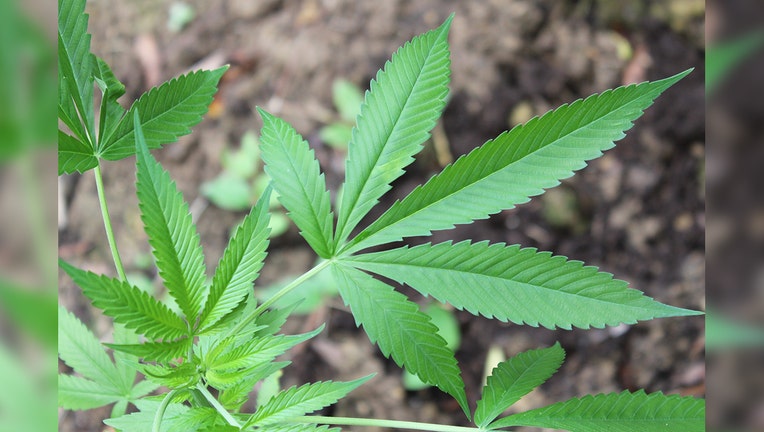Sonoma Co. considers cannabis consumption lounges and lower taxes
April 18, 2025
 article
articleSONOMA COUNTY, Calif. – Sonoma County is initiating several changes to its legal cannabis industry, including lowering the cultivation tax, making operational and zoning changes, and removing caps on the number of businesses that can operate in the unincorporated area of the county.
The county is also considering allowing permanent on-site consumption in industrial and commercial zones, and in agricultural areas during limited, permitted events.
Changing substances designation
One of the biggest updates being considered would be designating cannabis as “controlled agriculture,” rather than a controlled substance, which would allow for expanded land use and other regulatory relaxations.
The changes come as the legal cannabis market has plummeted from its peak in 2020, leaving cities and counties scrambling to stabilize their local industries to keep them in business, and ultimately collect revenue, which had cratered as the market adjusted to an oversupply and competition from untaxed illicit sales.
The cultivation tax reduction was proposed in accordance with an annual review of tax rates by an outside consultant, HdL Companies, that was ordered by the county Board of Supervisors.
The other cannabis program changes are being proposed as part of a comprehensive review of the program initiated in 2021 that has taken longer than originally anticipated, according to the county. The county will release a draft environmental impact report incorporating the changes in May. That draft will be open for public review for 60 days before a final EIR is prepared.
Lower taxes
The county Board of Supervisors voted during its regular Tuesday meeting this week to lower the cultivation tax rate by about 25%. The county uses HdL Companies’ tax rate that converts estimated revenue into a tax on a cultivation business’ square footage. There are also different cultivation tax rates depending on whether the plant is grown indoors with artificial light, outside with natural sunlight, or a combination of the two.
The new rate is meant to be equivalent to about 2.5% of a growing business’ gross receipts. That converts to a new proposed tax rate of 36 cents per square foot, mixed-light growers $1.15 per square foot, and indoor growers $3 per square foot of cultivation, according to the county.
The new tax rate will become effective on July 1, if a second reading of the ordinance is approved on May 6.
Zoning changes
Some of the zoning changes being considered would be to allow more cannabis operations in commercial, industrial and agricultural zones. Setback requirements would be relaxed or eliminated in industrial and commercial zones, including scrapping the requirement that operations be at least 1,000 feet from a sensitive use, like a school, in those zones.
Cannabis businesses in agricultural zones that are near residential uses would be required to have a 600-foot setback from neighboring residences and businesses.
In agricultural and resource zones, the businesses would be required to have a 100-foot setback. The 1,000-foot setback from sensitive uses could be measured from the cannabis operation’s physical premises, rather than the parcel line, but all setbacks would now apply to all types of cultivation, not just outdoor growing.
By regulating the product as controlled agriculture, the county would allow the product to be treated in many ways as any other agricultural product but would retain the ability to create licensing and setback requirements, land use permits, and limiting visitor-serving uses.
The crop would be allowed to further integrate into the natural landscape like other crops, and operators would no longer be required to grow other non-cannabis crops on their property, as is currently required.
Limits on cultivation would also be changed, including the limit of 1 acre per grower in agricultural zones, which would change to 10% of the total parcel. The minimum parcel required to grow would also be shrunk to 5 acres from 10.
In industrial zones, the 22,000 square-foot cultivation limitation would be eliminated.
Consumption lounges
Under the proposed changes, permanent “tasting rooms” for on-site consumption in agricultural zones would not be allowed, but there would be permission to apply for permits in rural agricultural areas for consumption during “cannabis events,” which would be limited to 104 event days, with two opportunities to hold two-day special events over a two-year period.
Consumption lounges would be permitted to open in commercial zones.
The county also proposed eliminating the cap on the number of retail and cultivation businesses that can be permitted. Currently, there is a cap of nine retail business licenses and nine processing businesses. It would also allow non-storefront delivery services to operate in the county.
Permits for operators would no longer be renewed, but they would have to get a license to be in the business.
After the EIR is released for public feedback, the county’s planning commission will hold meetings this summer, before a final meeting in September. The Board of Supervisors will consider the program changes in late October.
Featured
Search
RECENT PRESS RELEASES
Related Post



